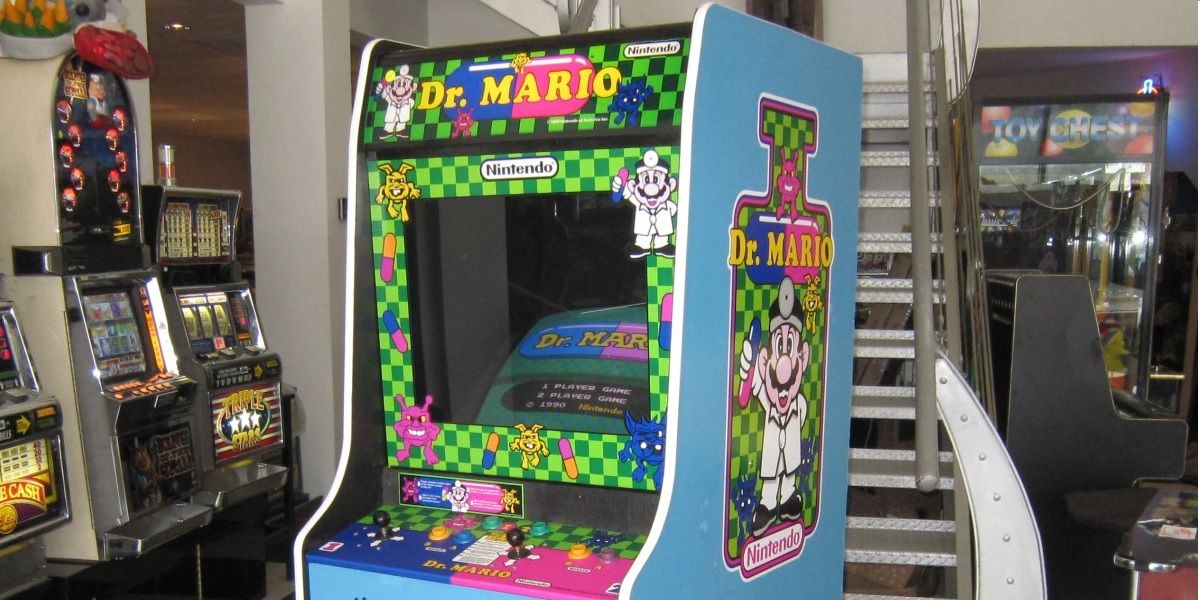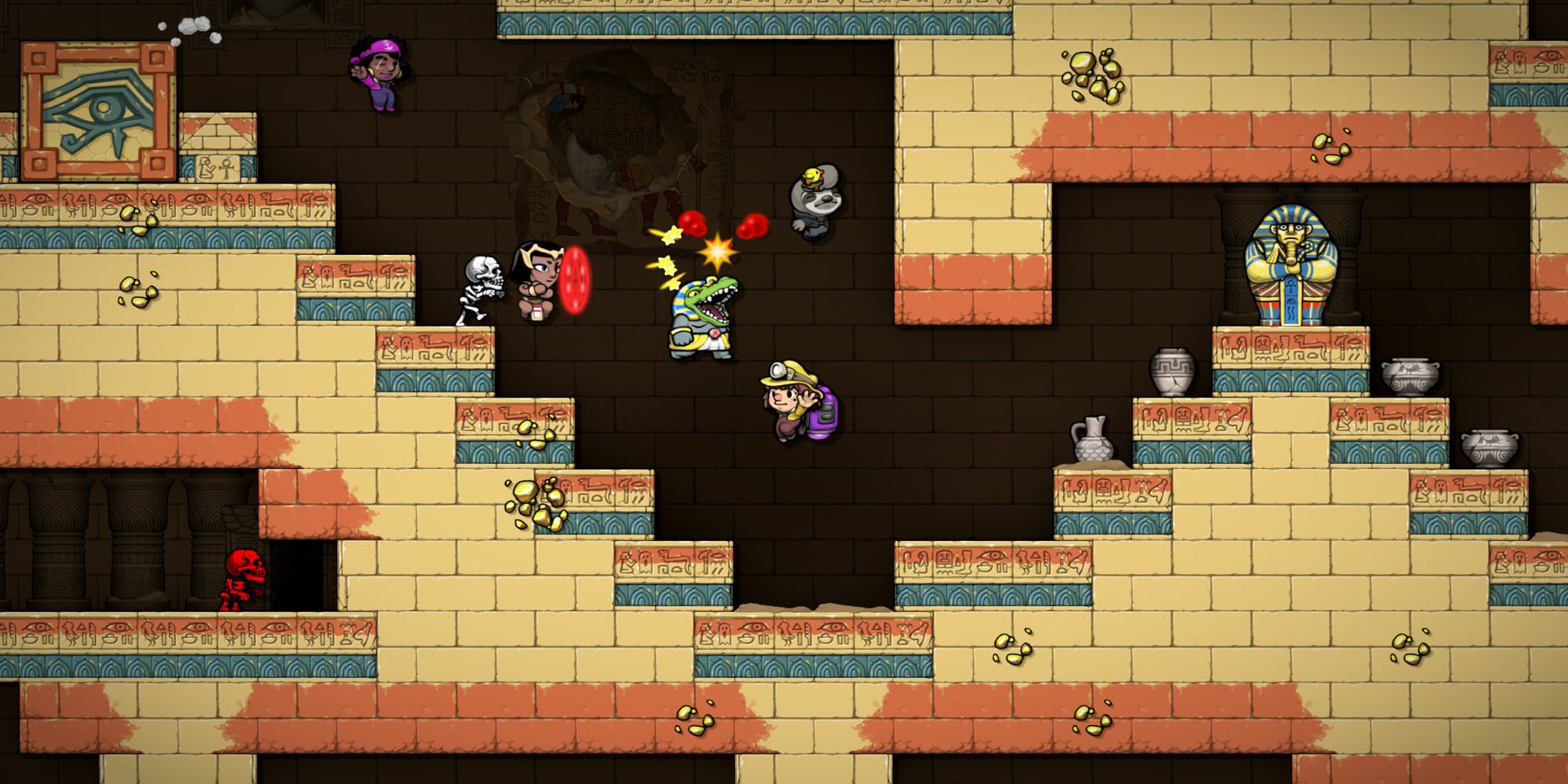The Life And Death Of ‘Lives’ In Video Games
Does anyone remember lives? Those little numbers in the corner of your screen next to some emblem of your game character that represented how many tries you had left before a Game Over?
This system, widely popularized by Space Invaders in 1978, was just about everywhere during the arcade era of gaming and continued to be prominent in games until around 6th-7th console generation. Since then, we’ve seen the idea of having multiple ‘tries’ before a fail state fall more and more to the wayside; some games favor placing players near enough the obstacle that bested them after death with no strings attached, while other rising genres, such as Roguelikes and Soulslikes, have incorporated the concept of a single ‘life’ into their challenging gameplay loops.
Even where lives persist, the fail state behind using up multiple tries has softened; games back in the NES era would restart the game upon a loss of lives, whereas punishments for losing lives in future games have ranged from resetting checkpoints to merely booting you back to the hub world. It’s interesting to see what was once a hallmark of nearly every gaming genre become a lost art in game design. It’s especially noticeable with the reinvigoration of franchises known for their use of the system; in Crash Bandicoot 4: It’s About Time, for instance, lives have been relegated to a separate mode, while Mario’s most recent outings, Super Mario Odyssey and Bowser’s Fury, have both done away with the concept.
Back in the 80s and 90s, lives permeated all throughout arcade classics like Pacman, Dig Dug, and Donkey Kong. Being connected to the amount of money you put in the machine, they naturally limited the amount of time someone could spend on a game. Running out of lives meant a total loss of progress that, unless you coughed up more quarters within that 10-second ‘Continue’ countdown, led to the end of your game. This feature went in tandem with the often brutal difficulty of these games; arcades had to make their money back from those expensive cabinets, after all, so they weren’t just going to let you breeze through them on a single quarter. This isn’t to say lives were purely a cynical thing. It could be argued that the pressure of limited chances made success all the more satisfying — a feature highlighted by their eventual integration into console gaming.
Following the 1983 video game crash, the NES revitalized the industry. However, even though home gaming soon overtook arcades, lives remained despite the fact that consoles didn’t exactly have coin slots. Home console games evolved out of that arcade design — the NES, in fact, began its life in American markets as an arcade machine. The transition from arcade to home console wouldn’t mean an immediate switch in design philosophy.
Instead of eating up your quarters, the most arcade-adjacent games in the NES catalog ate up your time, with lives being the vehicle for this. In the most annoying way possible, it effectively became a way for players to get maximum time value out of what were pretty short games back then.
However, now that lives no longer had a cost in currency attached to them, players could afford to find ways around them, uncovering methods to extend the player’s quantity of lives immeasurably; there was the turtle tipping trick in Super Mario Bros, for example, or the famed Konami Code. On home consoles, it turned out that lives were viewed as little more than a nuisance to be circumvented.
Lives were already on their way out as pixels made way for polygons with the fifth generation onward; the total reset punishment was more or less done for as games incorporated proper save systems, and became longer and longer thanks to the strength of new hardware. A good example here is Banjo-Kazooie; in the first installment a Game Over just meant respawning from the start of the hub world, whilst in Banjo-Tooie lives were done away with altogether. These seem to have been the two overriding philosophies for games since the fifth generation as the need to artificially extend the duration of a game has died out. Today, even traditionally life-driven series such as Crash Bandicoot and Mario have begun to shed them, while modern indie takes on old-school genres have too done away with them, as seen in games like Super Meat Boy and Cuphead.
That’s not to say that some games don’t hold onto the idea of a life in some form, for better or worse. Mobile games like Temple Run offer the player the chance to expend in-game currency (bought using real currency) to continue their run after they die. You only get one chance rather than a stock of lives, but it’s conceptually similar if not near identical to arcade monetization; if you’re got a particularly good distance through a run of the game, you may be inclined to spend a bit to keep going.
Roguelites like Spelunky only give the player one life in which to complete a run, bringing back the idea of lives in their own unique way.
Conversely, Roguelikes and Soulslikes have spiritually continued the idea. Whereas lives previously existed in nearly any game as a staple regardless of a game’s difficulty, a Roguelike — for instance — is built on the concept of a hard reset upon death as a facet of the genre (though sometimes this is softened by upgrades that you carry over to your next run). Players don’t see the threat of permadeath here as something to be circumvented, but as a reason to play it in the first place. The punishments for dying in a Soulslike game, such as the potential to permanently lose key items for cumulative deaths, grants some mercy whilst still making death something with a great deal of weight.
Roguelikes and Soulslikes have made the threat of harsh consequences for failure a selling point rather than something to be avoided.
Even in games that try to recapture that NES-era difficulty, or when old IPs are revitalized, lives are routinely ignored or underplayed massively. Games have either done away with them entirely or, in cases such as recent 2D Mario games, made losing them result in a very slight slap on the wrist that ultimately has no practical effect on progression.
The job of Lives is complete and gaming has moved on. That’s not to say good riddance to them, however. We wouldn’t have as rich a medium without lives having existed. Whole genres have sprung up with design philosophies based around the thrill and tension that limited lives bring to the experience. So in their own way, lives live on in video games, just not as they used to.



